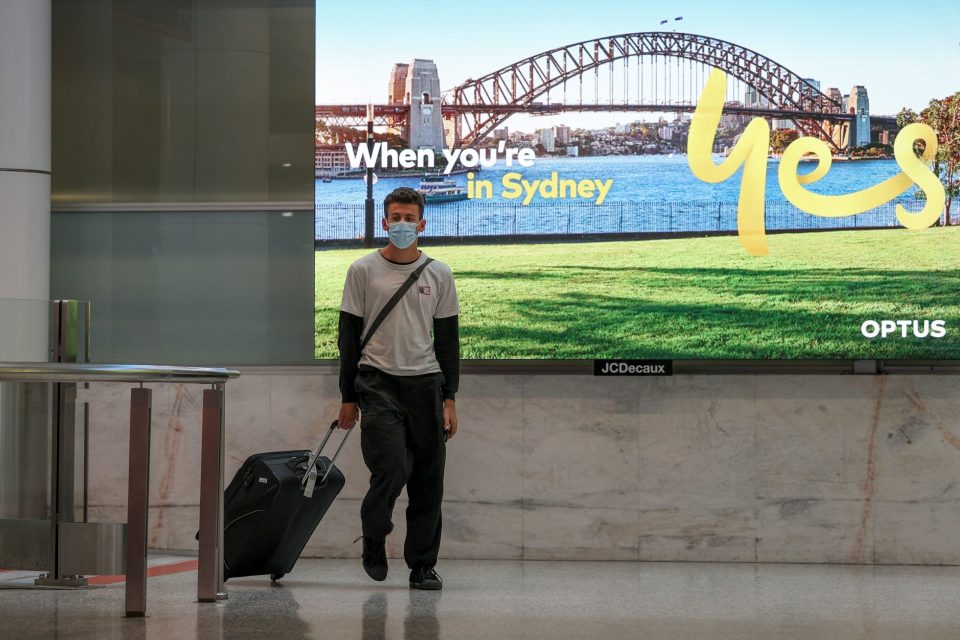KUALA LUMPUR, Jan 26 — Global passenger traffic results for 2021 showed that demand (revenue passenger kilometres or RPKs) fell by 58.4 per cent compared to the full year of 2019, which is an improvement compared to 2020, when full-year RPKs were down 65.8 per cent versus 2019.
“Overall travel demand strengthened in 2021. That trend continued into December despite travel restrictions in the face of Omicron. That says a lot about the strength of passenger confidence and the desire to travel,” the International Air Transport Association (IATA) director-general Willie Walsh said.
Without Omicron, international demand for the month of December expectation was an improvement to around 56.5 per cent below 2019 levels. Instead, volumes rose marginally to 58.4 per cent below 2019 from -60.5 per cent in November, he said in a statement.
He said the challenge for 2022 is to reinforce that confidence by normalising travel.
International passenger demand in 2021 was 75.5 per cent below 2019 levels. Capacity, (measured in available seat kilometres or ASKs) declined 65.3 per cent and load factor fell 24.0 percentage points to 58.0 per cent.
Domestic demand in 2021 was down 28.2 per cent compared to 2019. Capacity contracted by 19.2 per cent and load factor dropped 9.3 percentage points to 74.3 per cent.
As for regional passenger demand, Asia-Pacific airlines’ full-year international traffic plunged 93.2 per cent in 2021 compared to 2019, which was the deepest decline for any region. It fell 87.5 per cent in the month of December, a bit better than the 89.8 per cent decline in November.
Full-year capacity was down 84.9 per cent compared to 2019. Load factor fell 44.3 percentage points to 36.5 per cent.
On global air freight, IATA said markets saw full-year demand for air cargo increase by 6.9 per cent in 2021, compared to 2019 (pre-Covid-19 levels) and 18.7 per cent compared to 2020 following a strong performance in December 2021.
This was the second biggest improvement in year-on-year demand since IATA started to monitor cargo performance in 1990 (behind 2010’s 20.6 per cent gain), outpacing the 9.8 per cent rise in global goods trade by 8.9 percentage points, it said.
“Air cargo had a stellar year in 2021. For many airlines, it provided a vital source of revenue as passenger demand remained in the doldrums due to Covid-19 travel restrictions.”
“Growth opportunities, however, were lost due to the pressures of labour shortages and constraints across the logistics system. Overall, economic conditions do point towards a strong 2022,” said Walsh.
Capacity in 2021, measured in available cargo tonne-kilometres (ACTKs), was, however, 10.9 per cent below 2019 (12.8 per cent for international operations).
Capacity remains constrained with bottlenecks at key hubs.
“The lack of available capacity contributed to increased yields and revenues, providing support to airlines and some long-haul passengers,” it said.
As for regional performance, Asia-Pacific airlines reported a rise in international demand of 3.6 per cent in 2021 compared to 2019 and a fall in the international capacity of 17.1 per cent.
— Bernama





